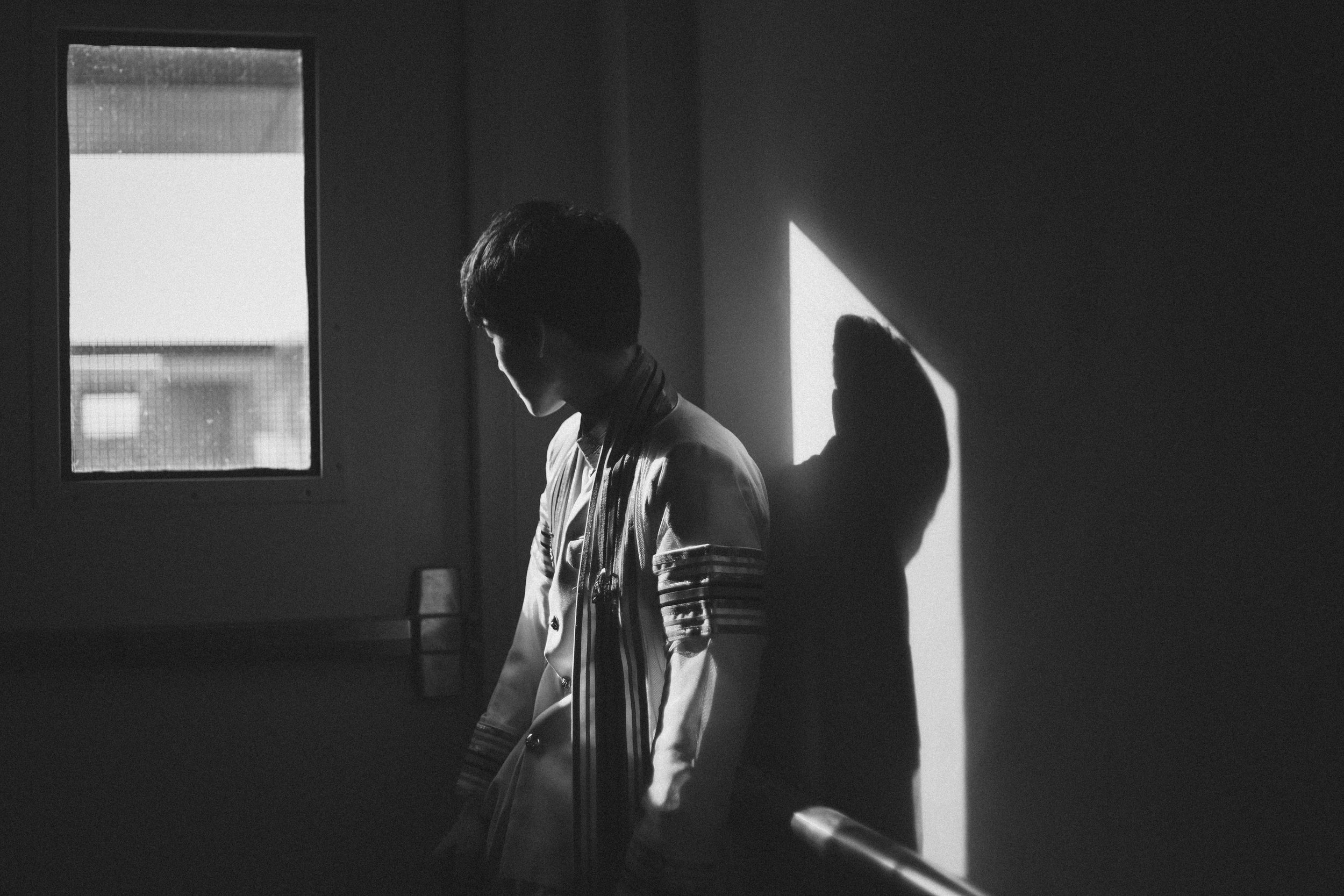DBT for Adolescents with Self Harming Behavior
Dialectical Behavioral Therapy (DBT) is a psychotherapy program for individuals with difficulties with emotional regulation or self-harm. Initially DBT was developed and studied for the treatment of Borderline Personality Disorder, and later research showed that it is effective for a range of mental health conditions including depression, anxiety, and others. DBT can be an intensive treatment in a residential setting, typically lasting 30 days, or an outpatient treatment that takes approximately one year to complete. DBT includes individual therapy, skills class, and coaching phone calls. The skills class is an essential component of DBT and the skills are divided into four sections: mindfulness, emotional regulation, distress tolerance and interpersonal effectiveness. For adolescents the skills class is ideally a multifamily group and includes parents or other caregivers. DBT for Adolescents (DBT-A) offers a treatment option for teens who struggle with self-harm, suicidal ideations, suicide attempts and emotional dysregulation.
Self-harm and Suicidality in Adolescents
New research published by the Centers for Disease Control and Prevention showed that the suicide rate in the US rose 33% since 1999, reaching its highest level since WWII. What is especially alarming is that the fastest rising rate is among young boys aged 10 to 14. Rates among young people ages 15 to 24 are also rising steadily, with a 14.2% increase among young men in this group between 2015 and 2017, and an 8.2% increase for young women in this group between 2010 and 2017.
Men have always been at higher risk for suicide and while this remains true, the rates for girls and women are rising faster. Researchers point towards increasing social media use and stress levels as contributing factors to this crisis. Particularly concerning are the rising rates of anxiety, depression, and self inflicted injuries among youth 15-24 years.
Adolescents who self-harm are at an increased risk for subsequent suicide and for a range of psychosocial problems in adult life including adult attempted suicide. For adolescents who tragically die from suicide, majority engaged in self-harm in the year before their death. Unsurprisingly, repetitive self-harming behavior is associated with severe mental health and behavioral problems.
DBT-A and Hopelessness
There are a few well researched treatment options for young people struggling with self harm, and at this time DBT-A is a key treatment option.
A review paper published by Mehlum et al. in 2019 examines the effectiveness of DBT in treating self harming behavior among young people. The study also considers the key role of hope in treatment success.
According to Mehlum’s study, DBT-A uses a range of therapeutic techniques to help young people identify and address problem behaviors that may be triggering or perpetuating self harming behavior. It then focuses on developing alternative coping strategies and skills to address emotional and life problems. DBT-A therapists will intentionally work with young people to instill in them a sense of hope that the treatment will work, and that their new coping skills will be beneficial in helping them to live and create a life worth living.
Often adolescents do not have much hope that DBT-A or any treatment could help them. Thus instilling hope is a key first step in treatment.
Mehlum’s study hypothesized that successful reduction in self harming behaviors may be dependent on reduction in hopelessness. The study defined hopelessness as “the expectation that highly desirable outcomes will not occur and that one is powerless to change the situation.” Hopelessness is one of the most significant risk factors for both suicide and non fatal self harming.
DBT-A can help to address hopelessness in several ways:
Cognitive Strategies: DBT-A helps young people develop short and long term goals and then to evaluate whether various ways of reacting and handling problems will bring them closer to reaching their goals.
Dialectical Thinking: DBT-A therapy helps to shift the polarized black and white perceptions that a teen may have of themselves and others.
Building A Life Worth Living: DBT-A focuses on coping strategies and skills that will help the individual imagine and create a future for themselves.
Long term outcomes for DBT-A
A recent research paper presents 3 year follow up data from 77 participants in a 19 week DBT-A program. The study reports on the efficacy of DBT-A versus Enhanced Usual Care (EUC) in the treatment of adolescent with self-harming behaviors.
This study reports on the results of a relatively brief initial DBT treatment, as ideally the treatment would continue for a year.
Authors found that DBT-A resulted in a more rapid recovery than the EUC treatment. This is consistent with study outcomes on adult DBT. All participants regardless of treatment group continued to have “some problems” at the 3 year follow up and some participants still reported self harming behavior.
While the EUC group had a median of 5 self harming episodes over the 3 year follow up, the DBT-A group had a median of 1 self harming episode. Overall, DBT-A was associated with a 68% reduction in the mean number of self harming episodes compared to EUC. When the researchers controlled for gender, presence of comorbid depression, and having had at least one suicide attempt in the previous 4 months, DBT-A was shown to reduce the number of self harming episodes by 54%.
There was no difference in suicide attempts between the two groups at the 3 year follow up. DBT-A did not show to be better than treatment as usual for reducing suicide attempts in this study.
Furthermore, DBT-A was not found to reduce suicidal ideation over the long term, however it was effective in doing so immediately post treatment. EUC was found to be more effective at the 1.6 year follow up, where participants in this group reported a significant drop in suicidal ideation at that time point. So DBT-A did not do better than treatment as usual in reducing suicidal ideation.
For symptoms of depression, hopelessness, borderline personality disorder, and general level of functioning, DBT-A was not superior to EUC. Only the frequency of self harm episodes remained significantly different over the 3 year post treatment period.
In terms of hopelessness, researchers found that improvement in hopelessness during the treatment period corresponded with reduced self harming at the 1.6 year follow up. However, there was no mediating effect in the long term.
The length of treatment is a significant factor in the success of the DBT-A treatment. Among participants who received 3 or more months of follow up treatment after the initial treatment, DBT-A participants reported 84% fewer self harm episodes during the first follow up period (1.6 years) compared to the EUC group.
Overall, both the EUC and DBT-A group retained positive treatment effect with no significant relapse and no significant between group difference. However, the gains made by the DBT-A group stayed constant at the 3 year follow up which was not the case for the EUC group.
The authors note that receiving more than 3 months of follow up DBT-A treatment in the first year after initial treatment completion was associated with further enhanced outcomes. Accordingly, the authors recommend longer treatment periods for adolescents in DBT-A therapy, more than the 19 weeks offered by the study and more follow up treatment. Extending the time period may be beneficial for the short term and long term effectiveness of treatment.
Conclusions and Recommendations
Although we still have a lot to learn about adolescent self-harm behaviors to help teens and families, DBT-A is a hopeful treatment for reducing the self-harm behaviors. DBT-A can offer substantive, long term benefits that will help teens to replace the self harming with healthy, positive coping mechanisms. DBT-A may be better suited for some teens and families than others and other forms of treatment can also be beneficial. Accessing comprehensive DBT programs is not easy and many programs have long wait-lists and can be very costly. The research on DBT-A is still young and limited and we will know more about the effectiveness of this treatment and recommendations for duration of treatment in the coming years as research results accumulate.
It is very stressful to be the parent of an adolescent with self-harm behaviors and parents need support in helping their teen and navigating the complexities of treatment.
In New York City and in Brooklyn there are a number of centers offering comprehensive DBT treatment. There are also several options for intensive residential DBT treatment in areas surrounding New York City. Mind Body Seven clinicians offer DBT treatment in Brooklyn for adolescents and adults. If you’d like to learn more or are interested in setting up an appointment, please contact us and we will set you up with the clinicians that best suits your individual needs.

